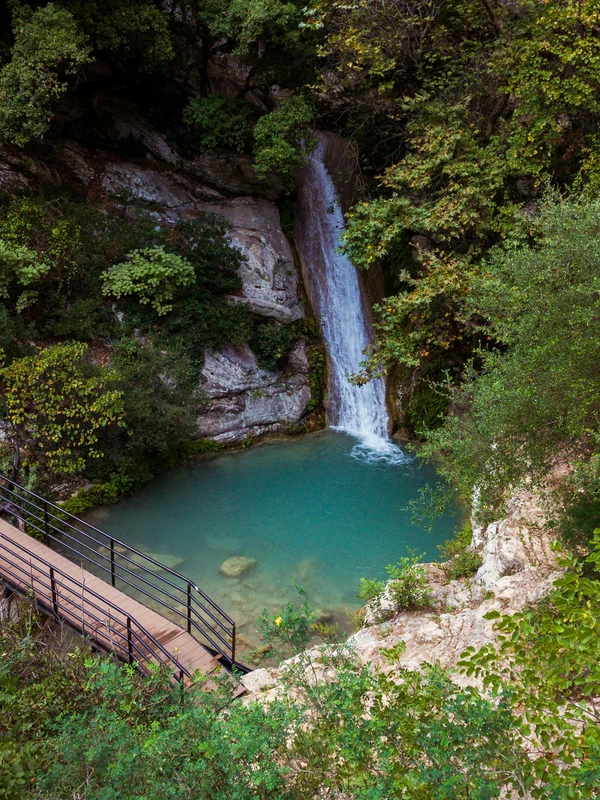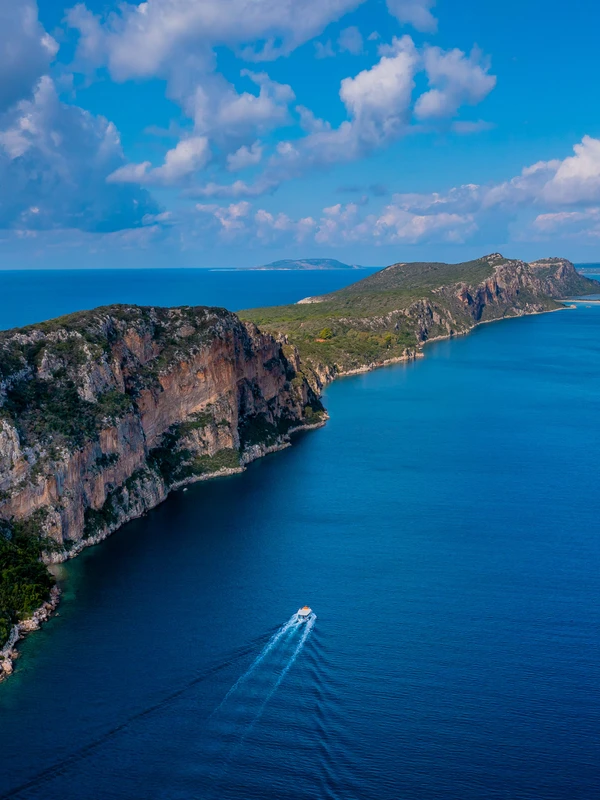Voidokilia Beach
Voidokilia Beach, located in Messinia, Peloponnese, is a renowned destination with its distinctive omega-shaped sand dunes forming a semi-circular bay. Recognized as a "Place of Particular Natural Beauty," the beach is also part of a Natura 2000 protected area.












